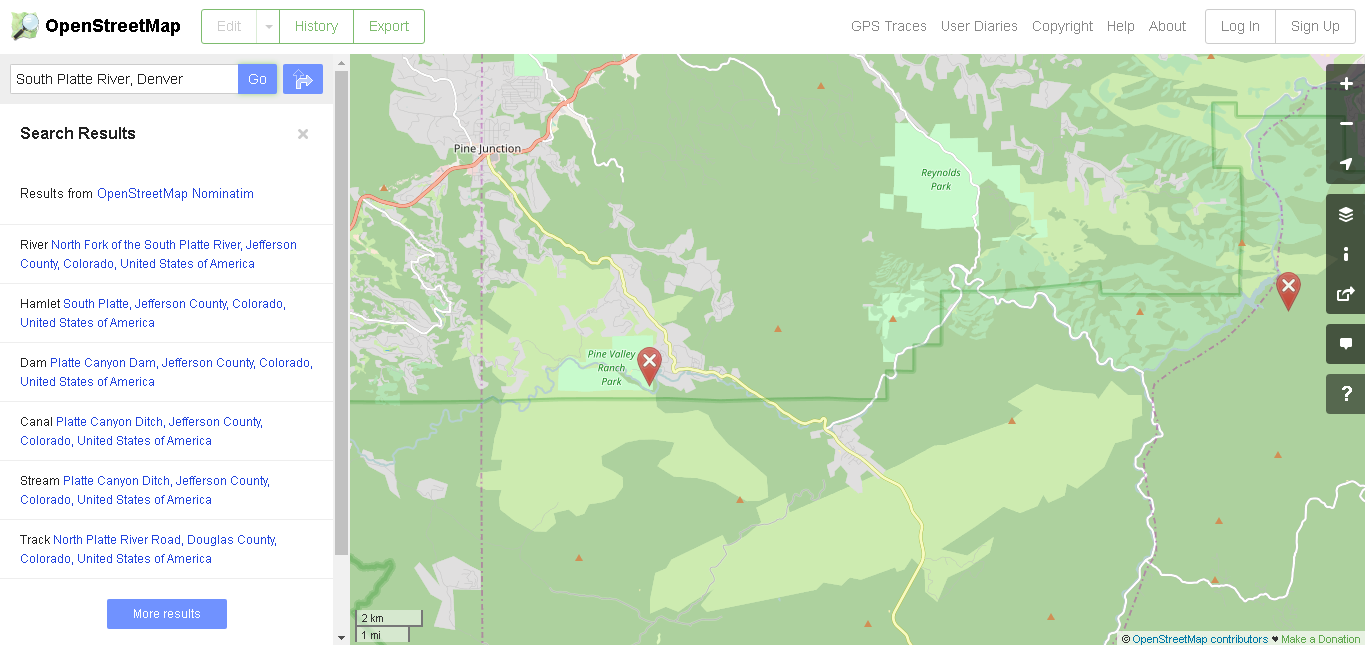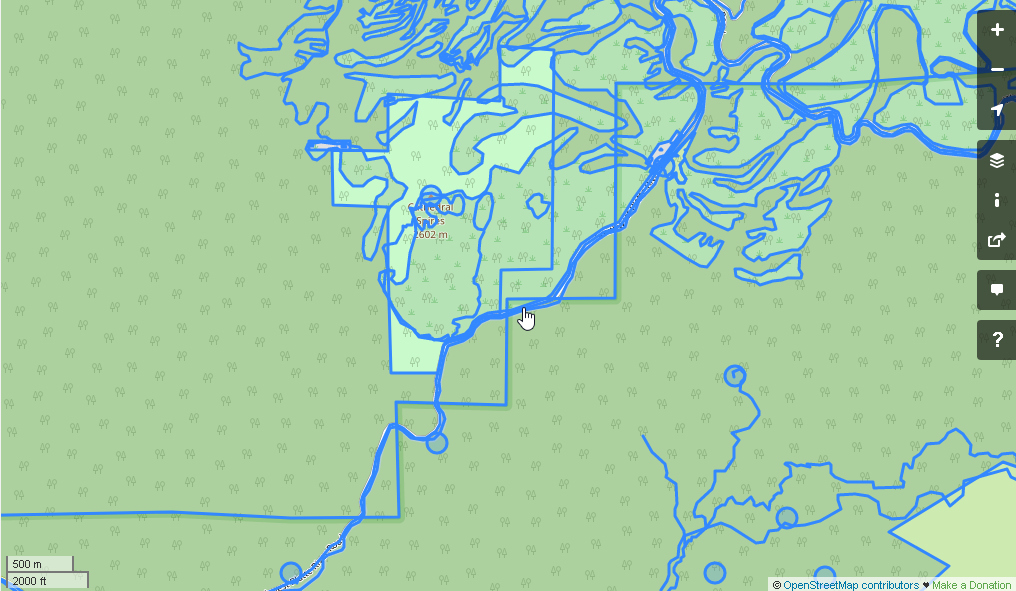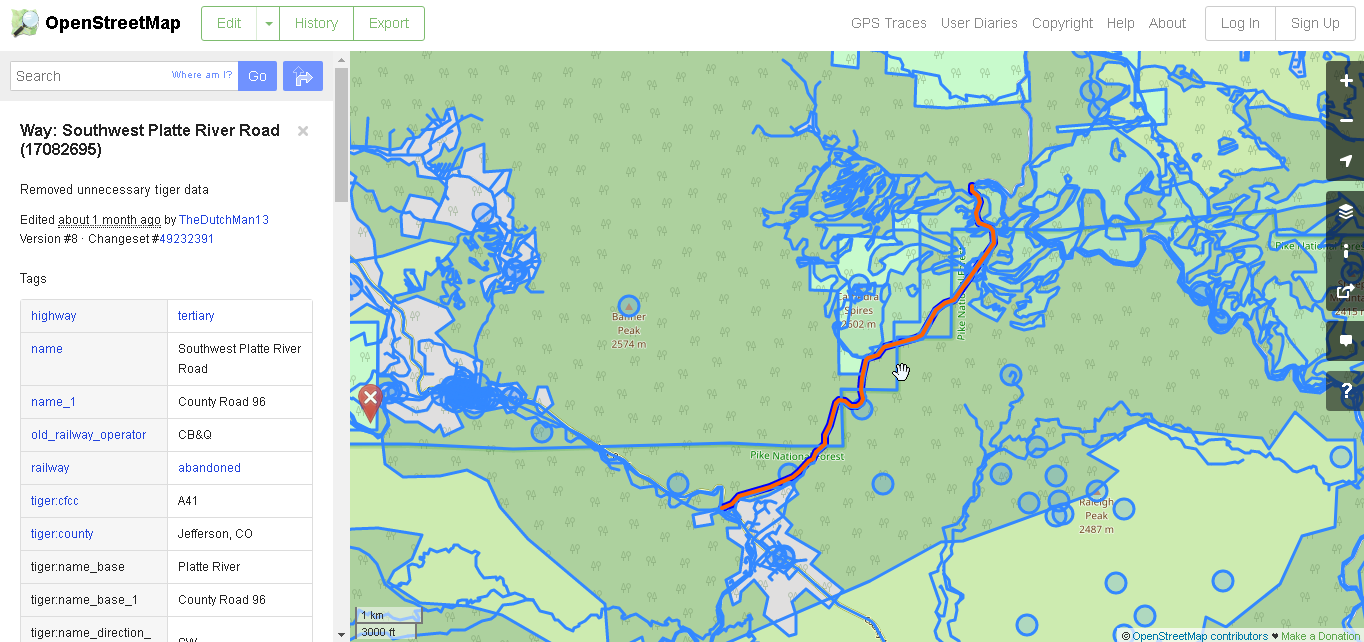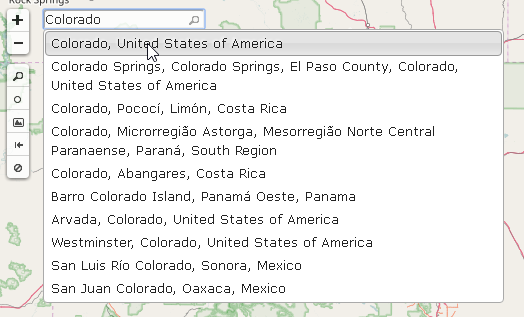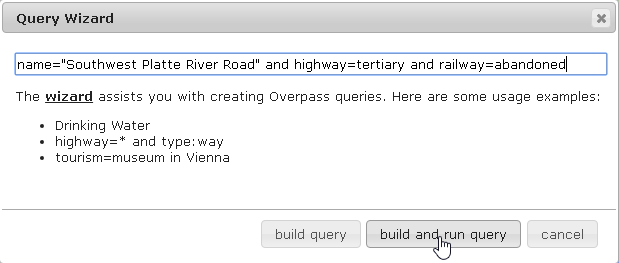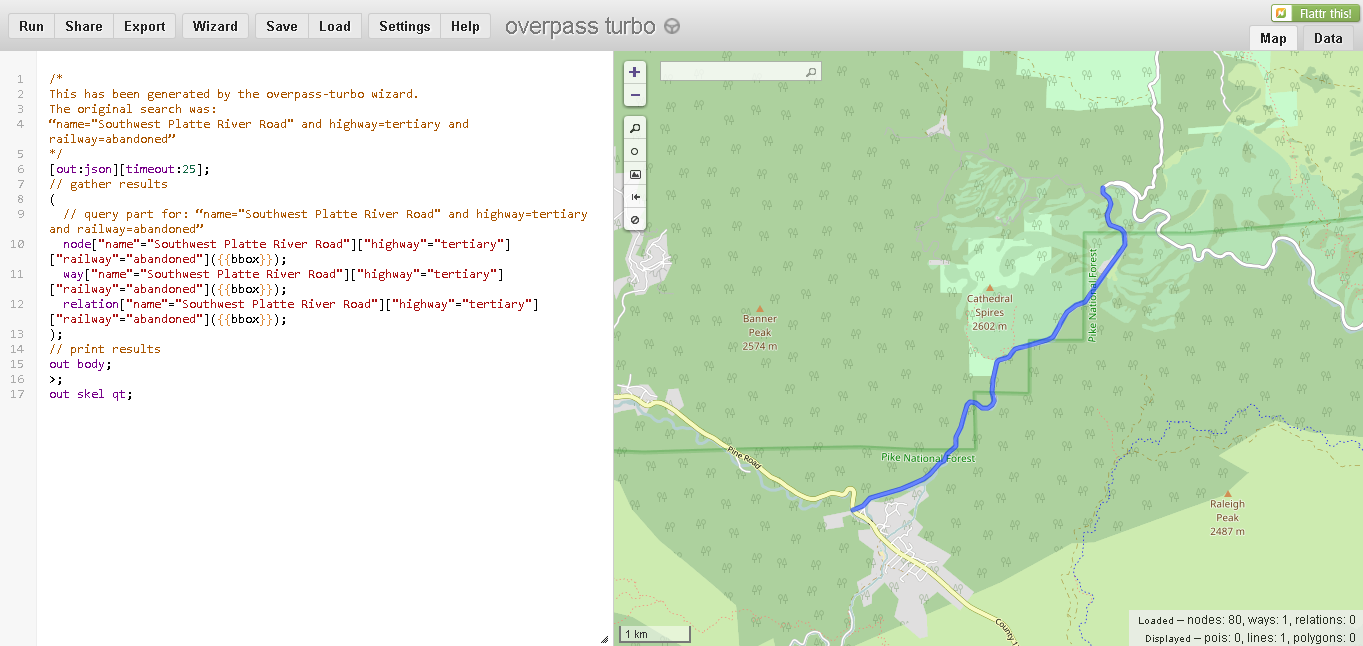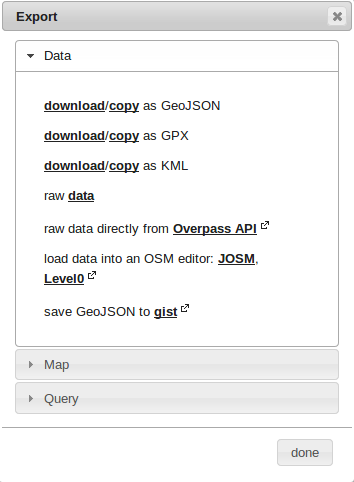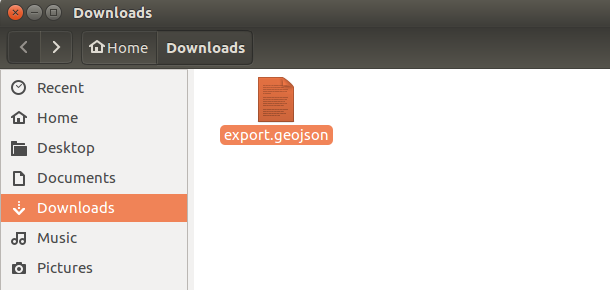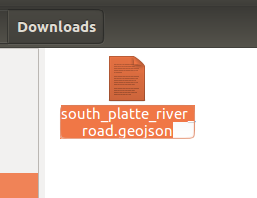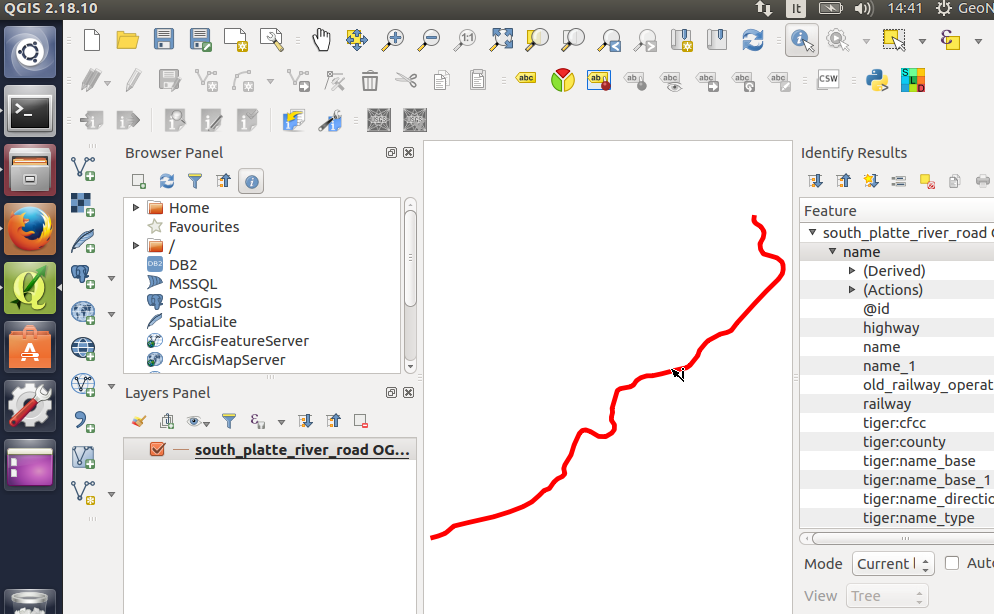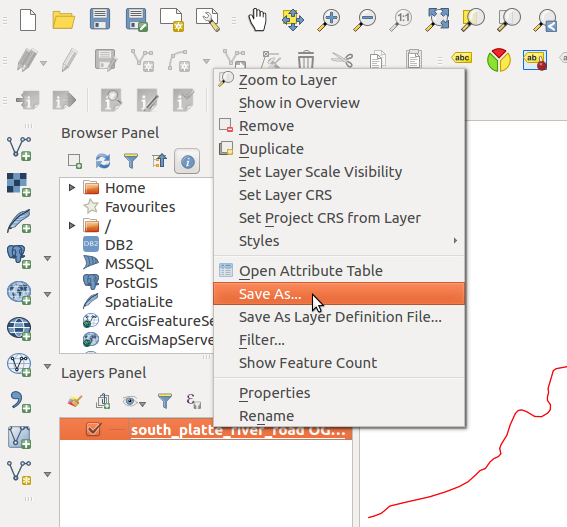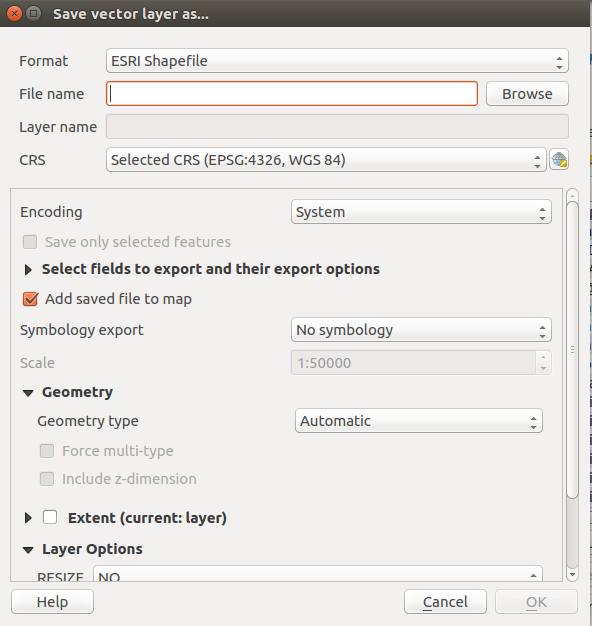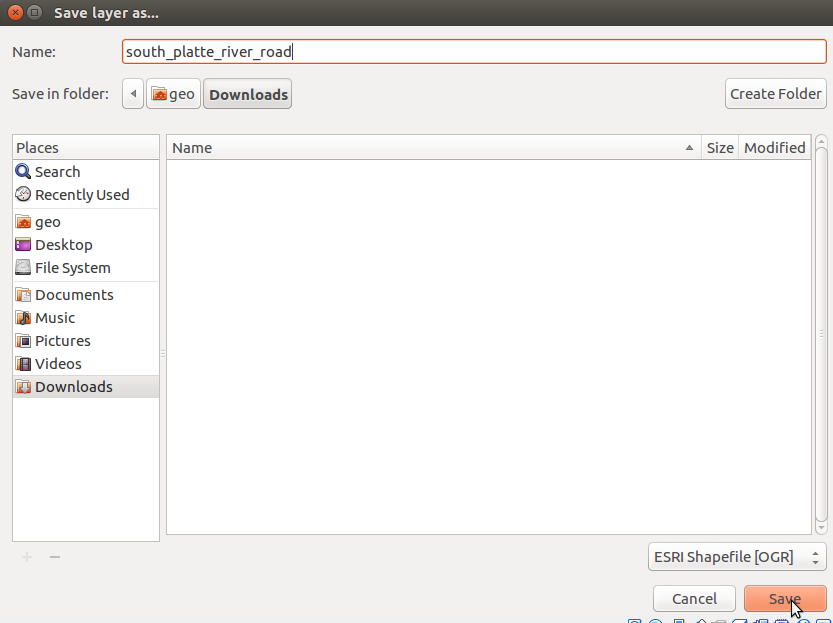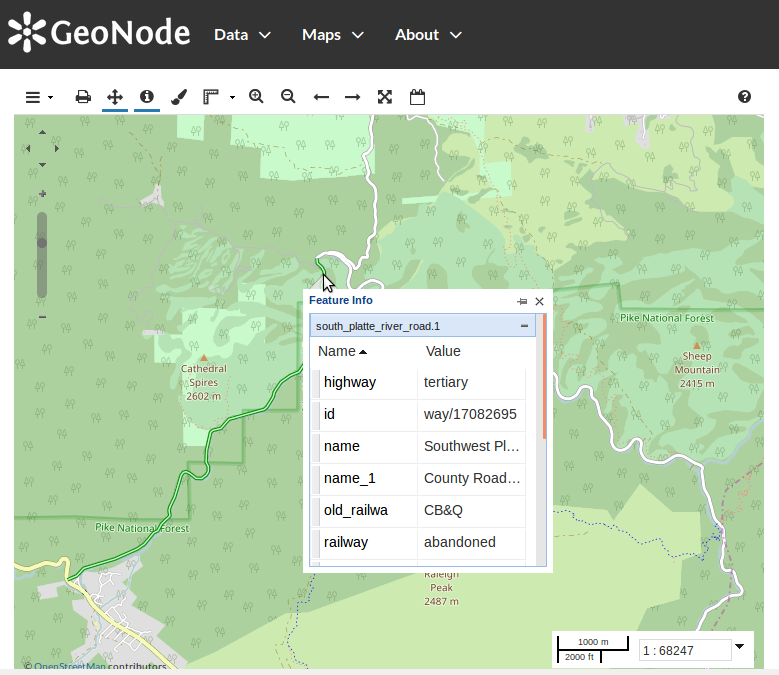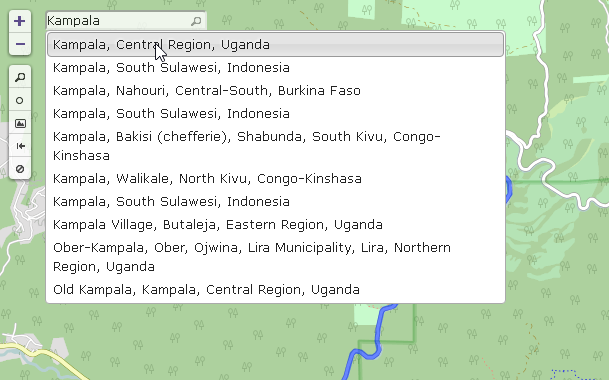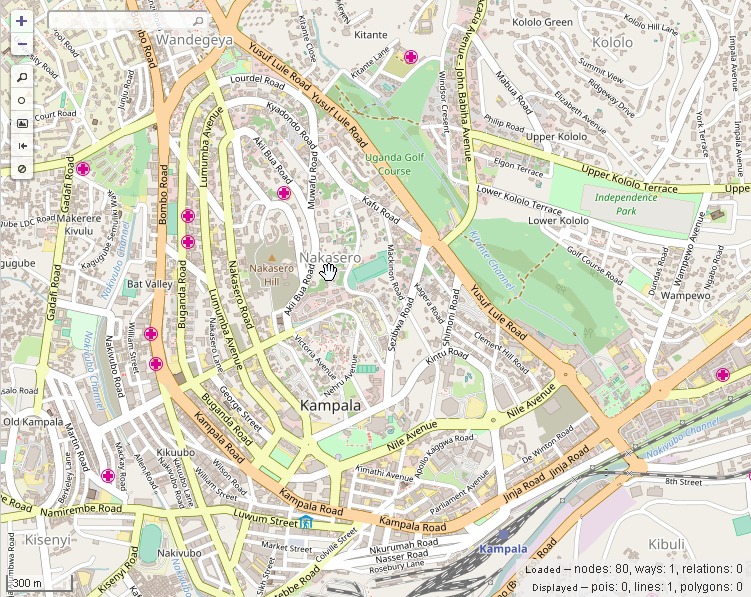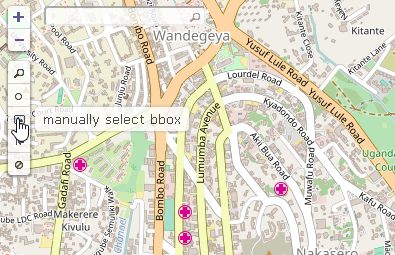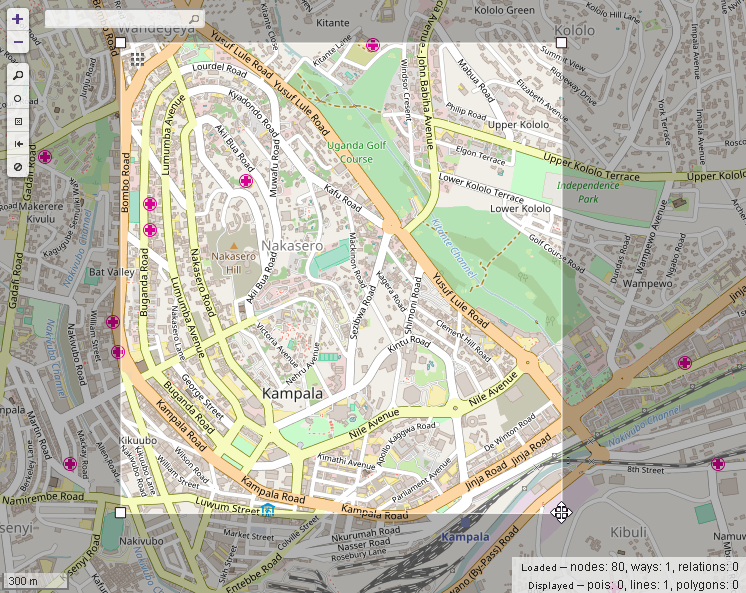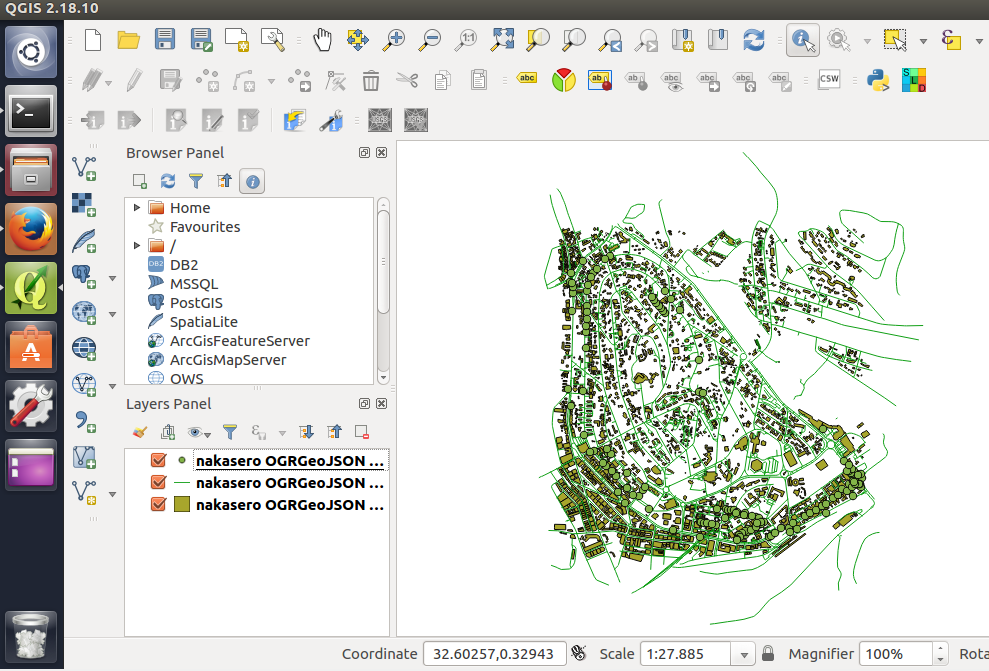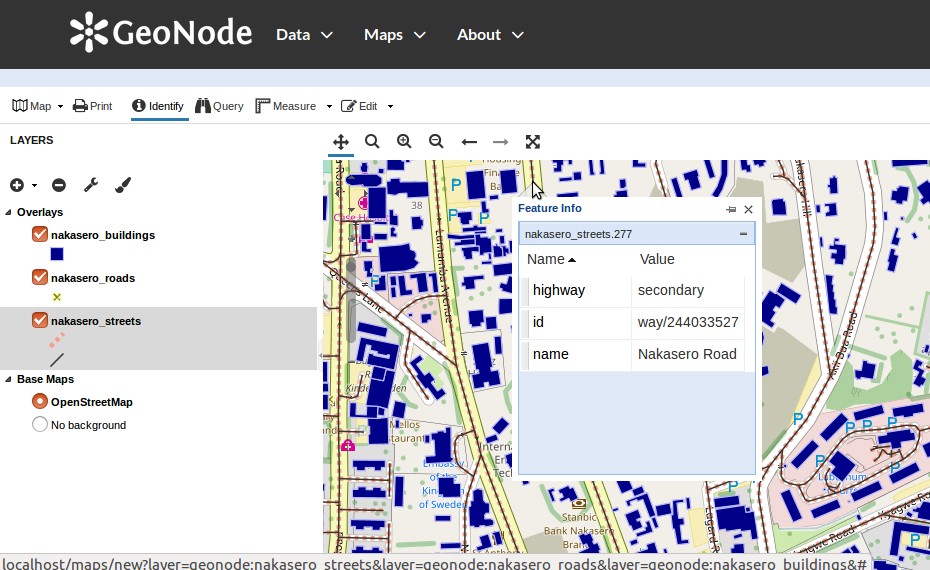Chargement OSM données dans GeoNode¶
Dans cette section, nous allons marcher à travers les étapes nécessaires pour charger les données OSM dans votre projet de GeoNode. Comme indiqué dans les sections précédentes, votre GeoNode utilise déjà tuiles OSM de MapQuest et les principaux serveurs de l’OSM que quelques-unes des couches de base disponibles. Cette session est spécifiquement sur l’extraction de données réelles de l’OSM et de conversion pour l’utiliser dans votre projet et potentiellement pour des tâches de géotraitement.
La première étape de ce processus est d’obtenir les données de l’OSM. Nous allons utiliser l’API OSM Overpass car il nous permet de faire des requêtes plus complexes que l’API OSM lui-même. Vous devez vous référer à la documentation de l’API OSM viaduc pour en apprendre davantage sur l’ensemble de ses fonctionnalités. Il est une API extrêmement puissant qui vous permet d’extraire les données de l’OSM en utilisant une API très sophistiqué.
- http://wiki.openstreetmap.org/wiki/Overpass_API
- http://wiki.openstreetmap.org/wiki/Overpass_API/Language_Guide
In this example, we will see a couple of examples extracting:
- Southwest Platte River Road footprint, which runs through Denver
- Building footprint data around Kampala, Uganda.
To do this we will use an interactive tool that makes it easy construct a Query against the Overpass API.
Exportation des données OSM à ShapeFile utilisation de QGIS¶
First go to openstreetmap.org, and search for “South Platte River, Denver”
Zoom in, until you see the features appearing
Select a feature. In this example we selected Way: Southwest Platte River Road (17082695)
Identify the tags and values of the features you’re after by
- Zooming all the way into the map
- Click on the layers icon on the right (the three sheets of paper)
- Click on the last menu entry (
Map dataor something similar in your language) - The features on the map turn blue (make sure you’re zoomed in far enough to see
- Click on the feature you’re after
- The Tags and Values appear on left side of the screen, and you can proceed below...
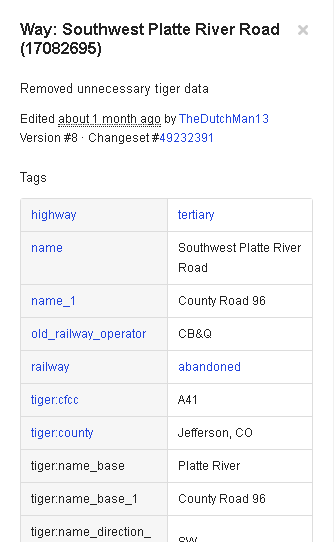
Southwest Platte River Road - Details
Point your browser at overpass-turbo.eu, and use the search box to zoom to the area of interest, in this case Colorado
Click on the
Wizardbutton, and enter the search text accordingly to the information retrieved from OpenStreetMapClick on the button
Build and Run Query, the map shows the selected dataClick on the button
Export, and download data asGeoJSONSave it and confirm. The file
export.geojsonwill be created into theDownloadsfolderRename the file to
south_platte_river_road.geojsonOpen QGis Client and import the layer into it
Click with the right button over the layer and then click on
Save AsSelect
ESRI Shapefileand click onBrowseSelect the
Downloadsfolder and name the filesouth_platte_river_roadThis will save the layer as a Shapefile, which can be easily imported into GeoNode
Let’s see another example of export through the OverPass APIs.
Point your browser at overpass-turbo.eu, and use the search box to zoom to the area of interest, in this case Kampala
Zoom around Nakasero area
Select the desired Bounding Box around the area to export
Run the
Wizardand writebuilding=* or highway=* in bboxon the text box.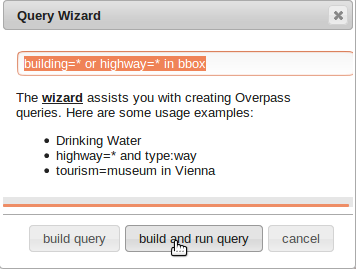
Nakasero Query Builder
This will result in a query like the following one
/* This has been generated by the overpass-turbo wizard. The original search was: “building=* or highway=* in bbox” */ [out:json][timeout:25]; // gather results ( // query part for: “building=*” node["building"]({{bbox}}); way["building"]({{bbox}}); relation["building"]({{bbox}}); // query part for: “highway=*” node["highway"]({{bbox}}); way["highway"]({{bbox}}); relation["highway"]({{bbox}}); ); // print results out body; >; out skel qt;Export data as
GeoJSONlike before, rename it and use QGis to export as a ShapefileThis will allow you to save all the layers as a Shapefiles, which can be easily imported into GeoNode
Note
Vous pouvez également renommer le fichier dans votre exploitation outil de gestion des systèmes de fichiers (Windows Explorer, Finder, etc.).
Note
Vous voudrez peut-être passer à une couche d’imagerie afin de voir plus facilement les bâtiments sur le fond de l’OSM.
Exportation des données OSM à ShapeFile utilisant GDAL¶
An alternative way to export the .osm or .geojson file to a shapefile is to use ogr2ogr combined with the GDAL osm driver, available from GDAL version 1.10.
Dans un premier temps, inspecter la manière dont le pilote de GDAL OSM voit le fichier .osm aide de la commande ogrinfo
$ ogrinfo -al -so nakasero.geojson -where "OGR_GEOMETRY='Point'"
INFO: Open of `nakasero.geojson'
using driver `GeoJSON' successful.
Layer name: OGRGeoJSON
Geometry: Unknown (any)
Feature Count: 142
Extent: (32.573864, 0.312602) - (32.593496, 0.331627)
Layer SRS WKT:
GEOGCS["WGS 84",
DATUM["WGS_1984",
SPHEROID["WGS 84",6378137,298.257223563,
AUTHORITY["EPSG","7030"]],
AUTHORITY["EPSG","6326"]],
PRIMEM["Greenwich",0,
AUTHORITY["EPSG","8901"]],
UNIT["degree",0.0174532925199433,
AUTHORITY["EPSG","9122"]],
AUTHORITY["EPSG","4326"]]
id: String (0.0)
...
$ ogrinfo -al -so nakasero.geojson -where "OGR_GEOMETRY='LineString'"
INFO: Open of `nakasero.geojson'
using driver `GeoJSON' successful.
Layer name: OGRGeoJSON
Geometry: Unknown (any)
Feature Count: 928
Extent: (32.571923, 0.306984) - (32.597590, 0.338549)
Layer SRS WKT:
GEOGCS["WGS 84",
DATUM["WGS_1984",
SPHEROID["WGS 84",6378137,298.257223563,
AUTHORITY["EPSG","7030"]],
AUTHORITY["EPSG","6326"]],
PRIMEM["Greenwich",0,
AUTHORITY["EPSG","8901"]],
UNIT["degree",0.0174532925199433,
AUTHORITY["EPSG","9122"]],
AUTHORITY["EPSG","4326"]]
id: String (0.0)
...
$ ogrinfo -al -so nakasero.geojson -where "OGR_GEOMETRY='Polygon'"
INFO: Open of `nakasero.geojson'
using driver `GeoJSON' successful.
Layer name: OGRGeoJSON
Geometry: Unknown (any)
Feature Count: 2596
Extent: (32.572918, 0.311164) - (32.594049, 0.333597)
Layer SRS WKT:
GEOGCS["WGS 84",
DATUM["WGS_1984",
SPHEROID["WGS 84",6378137,298.257223563,
AUTHORITY["EPSG","7030"]],
AUTHORITY["EPSG","6326"]],
PRIMEM["Greenwich",0,
AUTHORITY["EPSG","8901"]],
UNIT["degree",0.0174532925199433,
AUTHORITY["EPSG","9122"]],
AUTHORITY["EPSG","4326"]]
id: String (0.0)
...
$ ogrinfo -al -so nakasero.geojson -where "OGR_GEOMETRY='MultiPolygon'"
INFO: Open of `nakasero.geojson'
using driver `GeoJSON' successful.
Layer name: OGRGeoJSON
Geometry: Unknown (any)
Feature Count: 3
Extent: (32.576421, 0.315224) - (32.590876, 0.330137)
Layer SRS WKT:
GEOGCS["WGS 84",
DATUM["WGS_1984",
SPHEROID["WGS 84",6378137,298.257223563,
AUTHORITY["EPSG","7030"]],
AUTHORITY["EPSG","6326"]],
PRIMEM["Greenwich",0,
AUTHORITY["EPSG","8901"]],
UNIT["degree",0.0174532925199433,
AUTHORITY["EPSG","9122"]],
AUTHORITY["EPSG","4326"]]
id: String (0.0)
...
ogrinfo has detected 4 different geometric layers inside the osm data source. As we are just interested in the buildings, you will just export to a new shapefile the polygons and multipolygons layer using the GDAL ogr2ogr command utility:
$ ogr2ogr nakasero_buildings nakasero.geojson -where "OGR_GEOMETRY='Polygon' or OGR_GEOMETRY='MultiPolygon'" -nln nakasero_buildings
Maintenant, vous pouvez télécharger le fichier de formes GeoNode en utilisant le formulaire GeoNode chargement de la même manière que vous avez fait dans la section précédente.
